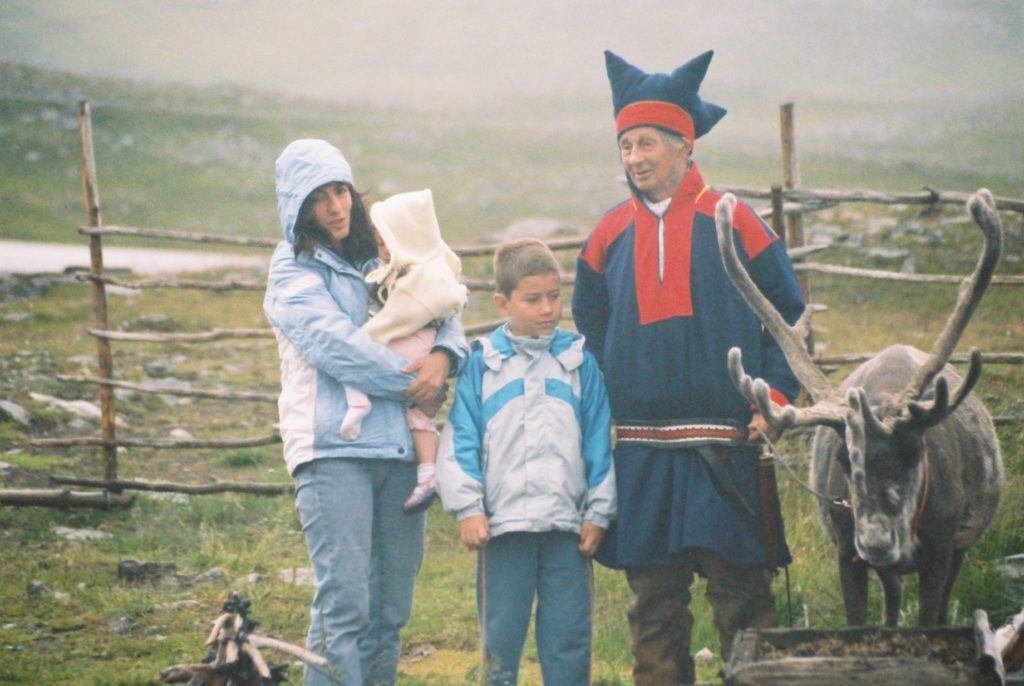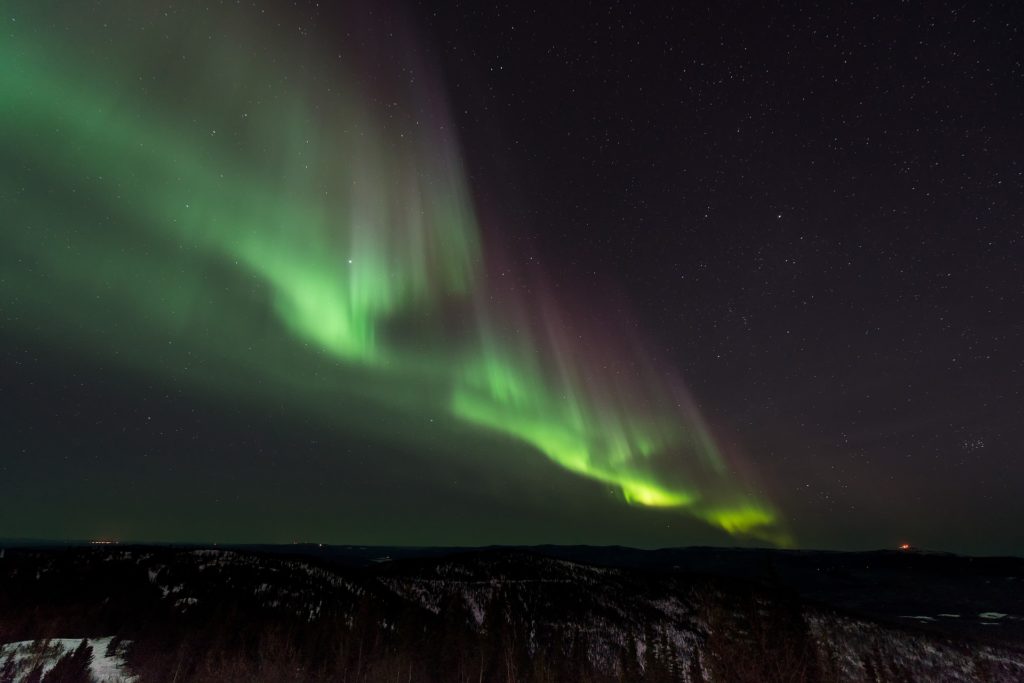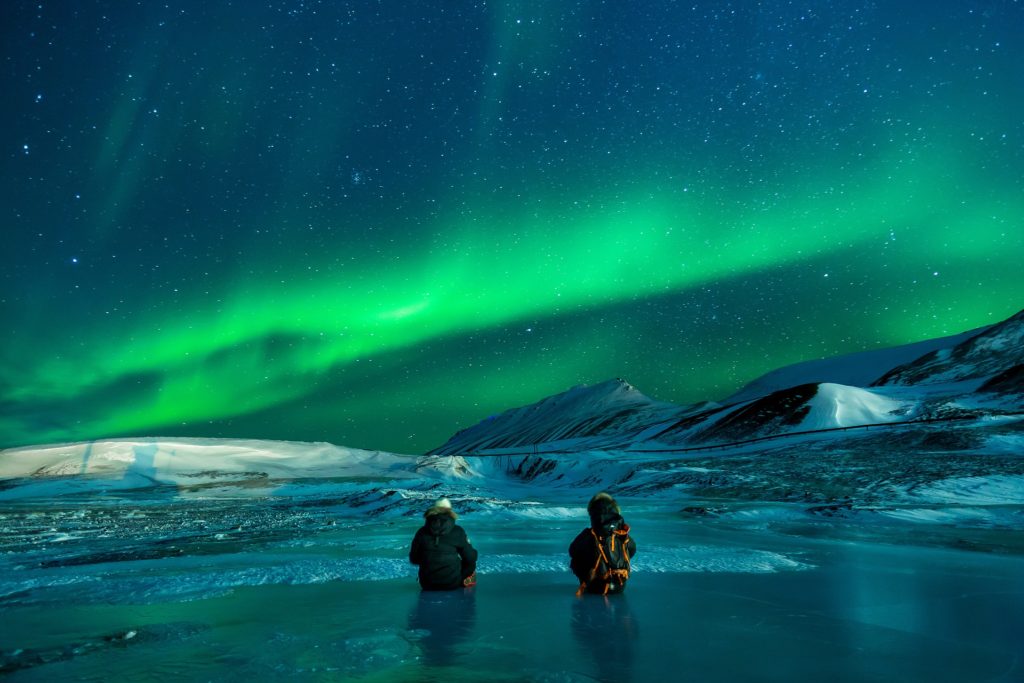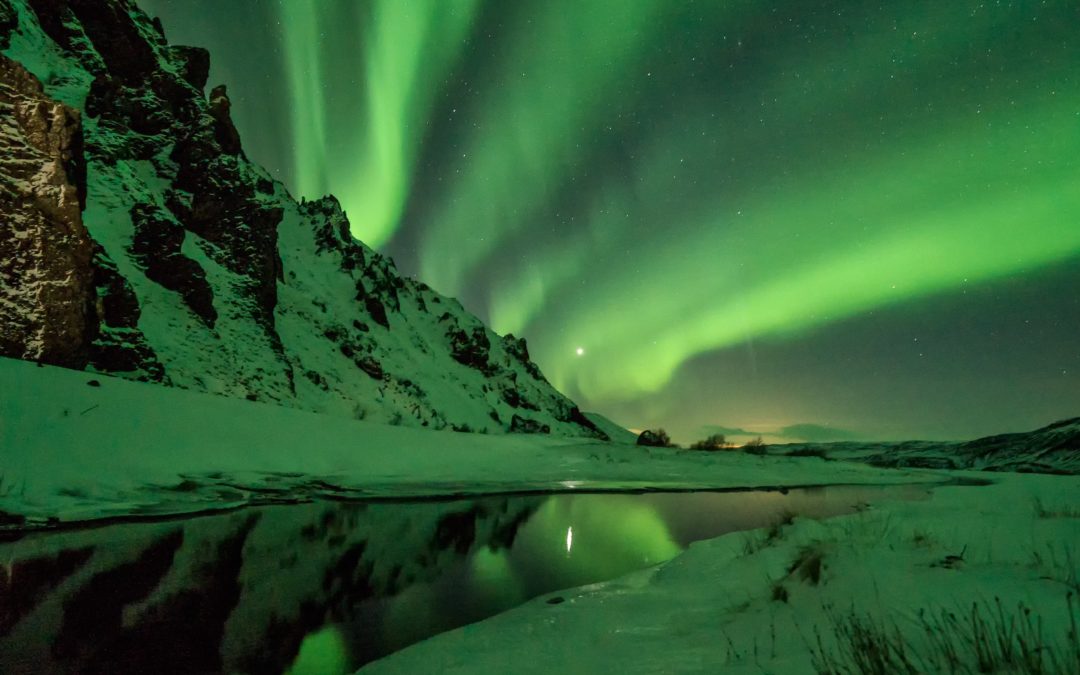Northern Lights are high up there on our bucket list. This natural phenomenon is a result of solar radiation hitting the electromagnetic field of the Earth and causing a beautiful scenery. This is the scientific reasoning we know nowadays. However, throughout different periods of time and civilizations humans have explained Northern Lights in other ways. In this blog, I will venture into the stories behind Northern Lights and on Sami Culture.
Sami

You might be wondering who the Sami are. Sami people live in Norway, Sweden, Finland and Russia and have a total population of around 80,000 people, the majority of which live in Norway. Sami is a Uralic language (other Uralic languages include Finnish, Estonian and Hungarian) therefore as Norwegian or Swedish are Indo-European languages they are not related to Sami.
The majority of the Sami people are reindeer herders so a big part of the northern region of Norway is used for raising reindeer. Sami have traditionally hunted, fished and farmed among the fjords and large rivers, however nowadays most of Sami people live outside their traditional areas or have moved into bigger cities. Some others who have stayed in Sami settlements work in modern jobs such as industry, public or the travel sector.
Sami are very crafty in their clothing, as they need to stand temperatures that drop below -40ºC in winter. The word Duoddji is the Sami term for craft and it involves working tin embroidery, weaving shoelaces, wood carving or seaming jackets.
Joik
Joik is a unique form of expression from Sami culture. Throughout many years, joiking was outlawed when Nordic countries tried converting Sami people into Christianism. They have now regained this right and have appeared many times in television, like in Sweden’s Got Talent or the Sámi Grand Prix.

When joiking you dedicate the song to a person, animal or place, and the harmonies reproduce the qualities of the thing you are singing about. It is one of Europe’s oldest traditions and it is completely marvelous to hear. Click here to listen to the Sami joik from Jon Henrik Fjellgren who sang in Sweden’s Got Talent.
Northern Lights throughout civilizations
Aurora Borealis have had a prominent role in the mythology and legends of people across different countries and civilizations. These are some of our favourites:
Ancient Greece
The term Aurora Borealis comes from Greek words, “Aurora” means “sunrise” and “Boreas” means “wind”. This is because in Greek mythology, Aurora was the sister of Helios (the god of sun) and Selene (the goddess of the moon). The three siblings are chariots that race through the sky dividing the night from the day, and Aurora would travel in her multi-coloured chariot through the sky to inform her siblings of dawn. Aurora was also the mother of the winds Zephyrus, Notus and Boreas.
It is also believed that Aurora was a term used by Romans while Greeks called this goddess Eos. Roman mythology is very similar to Greek, so they also associate Northern Lights with the start of a new day.
Europe
Northern Lights are not very common in southern parts of Europe as they require intense solar activity. However rare, they have appeared in some occasions, causing commotion amongst the citizens that were not used to them.
This is the case of French or Italians, that believed Northern Lights to be a sign for a bad omen as it could mean the outbreak of a war, a plague or death. In Scotland or England, it is said the skies turned red a few weeks prior to the French Revolution, so once again it becomes a bad omen of something coming up.
China and Japan
Northern Lights are not something that happens only in Europe, and countries in Asia also have legends or traditions regarding them.
In China these were not very commonly seen and some legends claim Northern Lights actually were fights between good and evil dragons.
This is not the case for the Japanese. They believe Northern Lights bring good luck and when a child is born underneath them they are blessed with good looks, intellect and fortune.

Northern Scandinavia, Iceland and Greenland
The traditions of those inside the Arctic circle are similar to some other traditions from around the world. For example, Icelandic ancestors believed childbirth under the Northern Lights would relieve the pain of delivering during childbirth to the mother. However, Icelandic people believed if the woman looked at the Northern Lights while giving birth the child would be born cross-eyed. A very negative outcome to it!
Greenland took a darker turn, as lights are also linked to giving birth but instead it involved the souls of still born babies or babies that died at birth.
Finland have perhaps one of the most beautiful turns to Northern Lights. They believed it was caused by a firefox that was running so fast across the snow that the tail created some sparks that flew into the sky and create the lights. If you are ever in Finland and want to ask for Northern Lights, the Finnish word is “revontulet” which translates to “fire fox”. Not only Finnish thought an animal caused the lights, Sami people from the Lapland think they were created by the water ejected from whales. How beautiful would that be?
In Sweden, animals are also slightly related as well as Auroras were seen as a sign of a good harvest in the coming year. In Norse mythology it was however suggested to be the reflection of the shields and armours of the Valkyries, the female warriors that lived in Valhalla. In other cases, the Northern Lights acted as the bridge between dying men in battle on earth and Valhalla

Now, you are ready to go see, as the Sami would say, Guovssahasah or what it translates to Northern Lights!
Are Northern Lights for you a sign of a good or a bad omen? Are they on your bucket list, or do you know any other myths I should have mentioned below? If that is so, I would love to hear your comments below!
Author: Maria Gomez


Many thanks for sharing, I always learn interesting things from your posts.